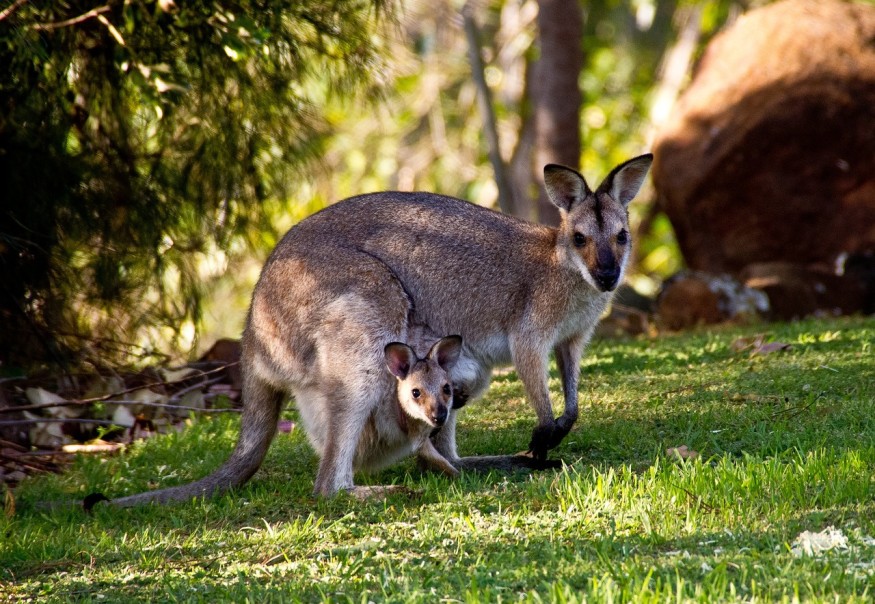
While marsupials have been thought to lie in between placental and egg-laying mammals, new research shows that these creatures could be more evolved than thought.
World of Mammals
According to Phys, all living mammals are presently classified into three groups, namely, marsupials, placentals, and monotremes. They can easily be distinguished by how they reproduce.
Marsupials birth their young but have short gestation periods. This means that their offspring end up underdeveloped and must be nurtured further inside a pouch.
Placentals, on the other hand, are the largest group of mammals and comprise 95% of all mammals, humans included. They give birth to well-developed and live offspring.
Monotremes, on the other hand, are the smallest of the three mammalian groups. In fact, at present, there are only five known monotreme species that belong to two families, namely, the echidnas and platypus. Unlike marsupials with pouches and placentals that give birth, monotremes lay eggs.
It is thought that mammals came from a common egg-laying ancestor roughly 180 million years ago, per Phys. These therians, which are a group comprising both placentals and marsupials, are assumed to have distinguished themselves from each other some 160 million years ago.
While it was initially thought that modern marsupials were the natural intermediate stage, the recent study shows that this is not the case. Professor Anjali Goswami, a research leader from the Natural History Museum, explains that the reproductive manner of marsupials is not an intermediate form that lies between placental and egg-laying mammals. It is simply an entirely different way of developing.
Marsupial Evolution
Through a recent study, scientists were able to turn around the long-standing assumption that placentals were less primitive compared to marsupials. They did so by gauging the development and reproduction of common mammalian ancestors.
These pouched mammals, such as koalas and kangaroos, were initially thought to be an evolutionary stepping stone of some sort for egg-laying mammals, known as monotremes and placental mammals, such as humans. Live Science reports that, though modern science acknowledges the common ancestry of placentals and marsupials from roughly 160 million years ago, the researchers think that marsupials are still stigmatized from when they were thought to be bridges.
As part of their study published in Current Biology, the researchers scanned marsupial and placental mammal skulls throughout their various developmental stages. In total, they performed micro-CT scans on 165 different specimens.
By doing so, they then concluded that placental (not marsupial) mammals' developmental strategy was more similar to that of the common ancestor. This suggests that marsupials have undergone further evolution compared to placentals since the delineation.
Professor Anjali, who is also the study's senior author, explains that treating marsupials as "lesser" compared to other mammals has been going on for quite a while. Now, it turns out that these creatures are actually far more evolved.
RELATED ARTICLE : Avian Influenza Spreading in Some Mammals in Minnesota After Devastating Commercial Turkey Flocks, USDA Data Reveals
Check out more news and information on Animals in Science Times.
© 2025 ScienceTimes.com All rights reserved. Do not reproduce without permission. The window to the world of Science Times.












